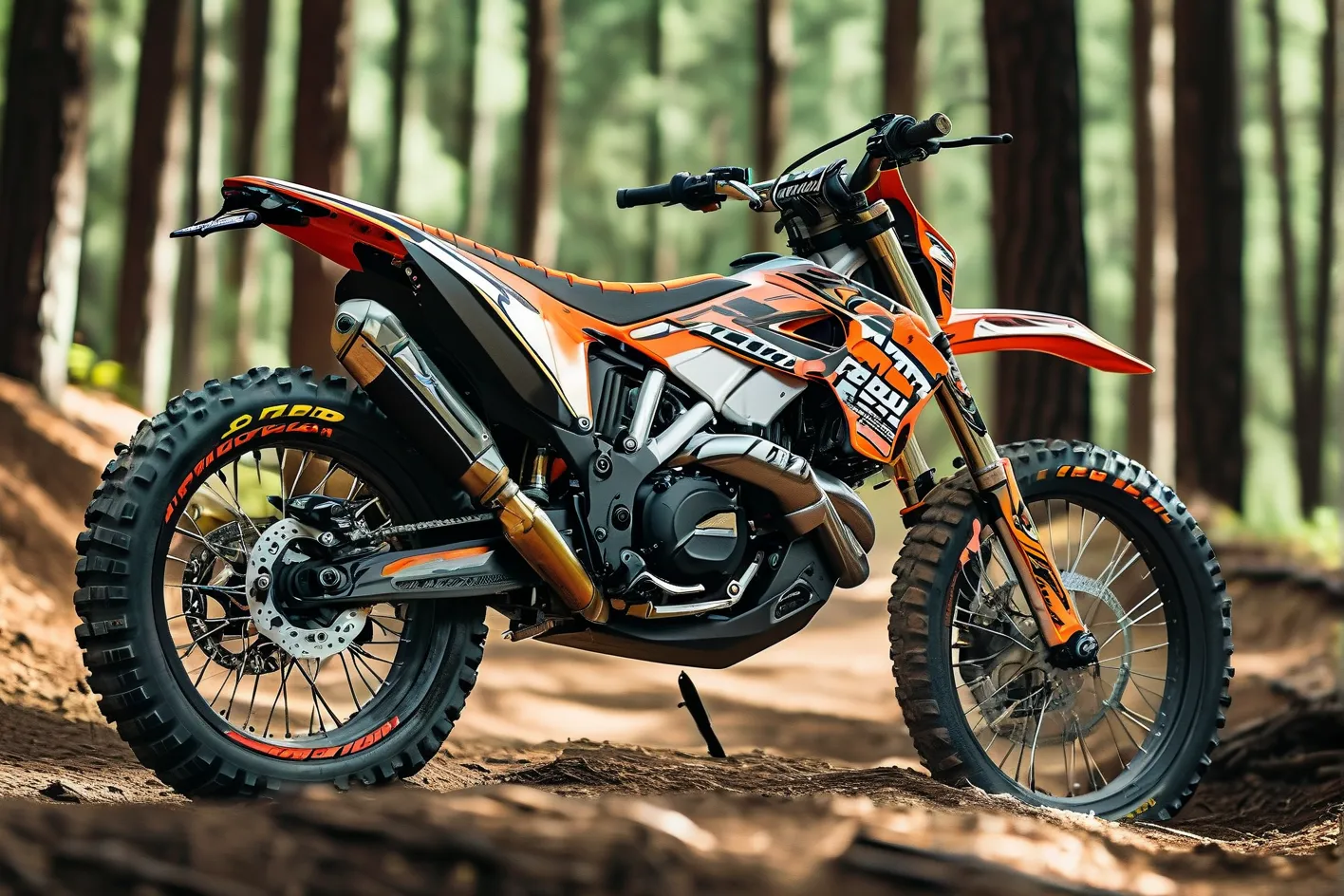Navigating the world of off-roading motorcycles requires more than just enthusiasm—it demands careful planning and awareness of common pitfalls. Whether you’re a weekend warrior or a seasoned trail rider, avoiding these mistakes can save you time, money, and frustration while ensuring your adventures remain thrilling and safe.
1. Overlooking Bike Weight and Handling Dynamics
One of the most frequent errors riders make is prioritizing raw power over maneuverability. Heavy bikes like the Honda CRF450L (289 lbs) excel on open trails but struggle in tight, technical terrain. According to a 2023 study by the American Motorcyclist Association, 62% of off-road newcomers report difficulty controlling overweight bikes on rocky or uneven paths. Instead, match the bike’s weight to your riding style: lighter models like the Yamaha WR250F (247 lbs) offer better agility for wooded trails, while heavier ADV bikes suit long-distance gravel routes.
2. Ignoring Suspension Customization
Factory suspension settings rarely align with real-world trail conditions. Professional enduro racer Chris Birch emphasizes, “A bike’s suspension is its lifeline—without proper tuning, you’re compromising control and safety.” For example, riders under 160 lbs often find stock springs too stiff, leading to reduced traction. Invest in professional tuning or adjustable kits from reputable brands like Öhlins or WP Suspension, especially if tackling mixed terrains like desert washes or mountain singletrack.
3. Skimping on Maintenance Budgets
The International Journal of Motorcycle Studies reveals that 41% of mechanical failures during off-road trips stem from inadequate maintenance. Dirt bikes demand rigorous upkeep:
– Air filter cleaning every 10-15 riding hours
– Chain lubrication after every ride
– Oil changes every 20 hours for four-stroke engines
Budget 15-20% of your bike’s initial cost for annual maintenance—a $8,000 KTM 350 EXC-F, for instance, needs ~$1,200/year in routine care and unexpected repairs.
4. Choosing Incompatible Tire Systems
A common misconception is that “aggressive tread = better performance.” However, the FIM World Rally Championship’s tire analysis shows mismatched tires reduce traction by up to 38%. Consider these pairings:
– Hard-packed clay: Pirelli Scorpion XC MidSoft (front)/MX32 (rear)
– Loose sand: Dunlop Geomax MX14
– Rocky terrain: Bridgestone Battlecross X30 with reinforced sidewalls
5. Underestimating Skill-Bike Mismatches
The Motorcycle Safety Foundation reports that 56% of riders purchase bikes exceeding their skill level. Key benchmarks:
– Beginners: 250cc-300cc (e.g., Kawasaki KLX230)
– Intermediate: 350cc-450cc (e.g., Husqvarna FE350)
– Expert: 500cc+ (e.g., KTM 500 EXC-F)
Take advantage of dealer demo days—companies like Rocky Mountain ATV/MC often host free trial events where you can test different models on controlled obstacle courses.
6. Neglecting Ergonomics and Fit
A Baylor University ergonomics study found that 73% of trail riders experience premature fatigue from poor bike fit. Critical adjustments:
– Seat height: Should allow flat-foot ground contact with a slight knee bend
– Handlebar position: 1-2 inch rise above seat level for standing rides
– Footpeg placement: Align with rider’s center of gravity when standing
7. Falling for Aesthetics Over Functionality
While bold graphics and aftermarket accessories look appealing, they often add unnecessary weight or complexity. Stick to functional upgrades first:
– Skid plates (minimum 5mm aluminum)
– Handguards with integrated deflectors
– GPS-compatible dash mounts
– Quick-access tool kits
Industry data shows riders who follow structured selection processes reduce breakdown risks by 64% and improve satisfaction rates by 89%. Before purchasing, create a checklist comparing your top three bike options across these seven criteria. Many dealerships now offer virtual reality test rides—ask about these programs to simulate different trail conditions without leaving the showroom.
By addressing these factors systematically, you’ll not only avoid costly errors but also build a machine partnership that evolves with your skills and ambitions. Remember: The best off-road bike isn’t the most powerful or expensive—it’s the one that disappears beneath you as you conquer each new challenge.




Leave a Reply